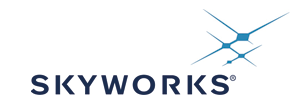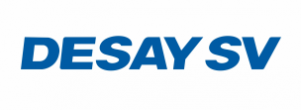Press Release
The Digital Radio Mondiale Consortium will once again have a strong presence at the upcoming Asia-Pacific Broadcasting Union Digital Broadcasting Symposium to be held from 5-8 March, at the Royale Chulan in Kuala Lumpur, Malaysia.
DBS is a key event in the DRM calendar, and this year DRM is sponsoring a conference session during which DRM Chairman Ruxandra Obreja will give a keynote speech, “Technologies and Standards: What’s New? What’s Next?” on Tuesday 6th March, 1130-1300. DRM Vice-Chairman Alexander Zink will examine some of the practical benefits of DRM and look at the future while addressing the best methods for the most economic coverage of national, regional and local areas in a country (March 7th, 1115-1300).
The delegates will also be able to participate actively in the DRM workshop on Wednesday 7th March, 1400-1530, at Tun Sri Lanang 1, The Royale Chulan Hotel, held under the title “Introducing and Implementing Digital Radio Mondiale (DRM) – Practical Lessons and Best Practice”. The workshop will offer delegates an opportunity to learn from first-hand experience and practical steps in implementing the full DRM technology to benefit key stakeholders: listeners, regulators, broadcasters and receiver manufacturers. Key DRM experts will give updates on the DRM latest developments throughout the conference.
Ruxandra Obreja, DRM Consortium Chair, says that: “Understanding how to successfully roll out digital radio on budget, with significant energy savings and on time, as part of a well-coordinated national effort, is crucial. The aim of the workshop is to give delegates access to experts from the DRM Consortium who will be available to answer questions and demonstrate how a well-planned roll-out can embrace and affirm the power of digital radio.”
To attend the workshop, please contact projectoffice@drm.org.
About DRM
Digital Radio Mondiale™ (DRM) is the universal, openly standardised digital broadcasting system for all broadcasting frequencies, able to cover fully any country whatever its size at much reduced energy costs.
The DRM standard comprises two major configurations one intended for broadcasts on short, medium and long wave up to 30 MHz providing medium to large coverage areas and low power consumption (called ‘DRM30’). The configuration for the VHF bands above 30 MHz is called ‘DRM+’, tailored for local and regional coverage with broadcaster-controlled
transmissions.
All DRM configurations share the same audio coding, data and multimedia services, service linking, multiplexing and signalling schemes. DRM provides high quality sound combined with a wealth of enhanced features: Surround Sound, Journaline text information, Slideshow, EPG, and data services.

















